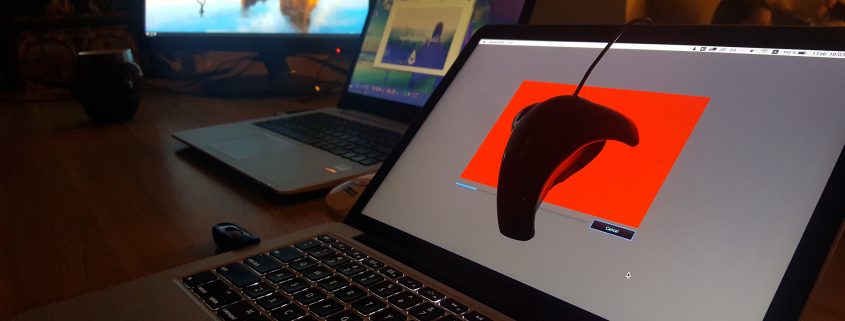Professional monitor calibration, how to choose a monitor?
Professional monitor calibration, how to choose a monitor?
Professional monitor calibration is essential for any graphic or photography developer, regardless of the monitor they work with. In order to ensure a natural color spectrum on a computer screen, it is mandatory to calibrate even the newest, most modern and highest quality monitors. However, when choosing a monitor, it is very important to pay attention to certain of its parameters, which we will review here.
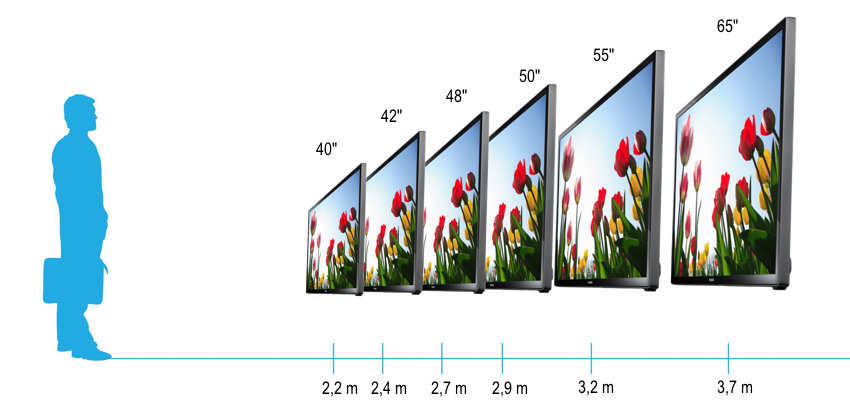
Diagonal
Screen size is measured in inches (1 inch = 2.54cm). Currently, the most popular monitors are from 21.5 to 27 inches. Everything is determined by the price - the larger the diagonal of the monitor, the higher its price. However, let's pay attention to the fact that practically always with a larger diagonal there is also a higher resolution, which is of great importance for the quality of the image.

Screen format
The aspect ratio of the screen defines the ratio of the two sides of the screen. Currently, the dominant formats on the market are: 16:9 and 16:10, but the 21:9 format is also gaining more and more popularity. The most interesting thing is that this format becomes one of the most convenient not only for graphic designers, photographers, game lovers, but also for those who program or work a lot with Microsoft Office programs.
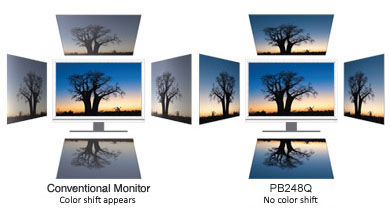
Viewing angle
In order for the quality of the image on the screen (brightness and contrast) to remain unchanged, regardless of the angle at which you look at the screen, it is recommended to choose a screen with a horizontal and vertical viewing angle of at least 170/160.
The viewing angle is also greatly influenced by the screen technology itself. IPS/PLS technologies are currently the most popular on the market. IPS screens usually have the widest viewing angles and are perfect for work that requires the most accurate color reproduction. It is the most popular choice among photographers and designers. It is also recommended for representatives of these professions to choose monitors with the largest possible color gamut (sRGB, Adobe RGB, etc.).
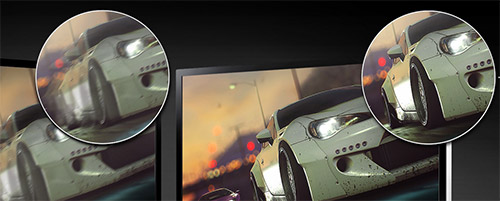
Reaction time
Response time is a parameter that determines how long it takes for one pixel to turn on and off (measured in milliseconds). This parameter is usually important when fast-moving objects are displayed on the screen. For those working with professional video and photo processing programs, a monitor response time of at least 5ms is recommended. Shorter response time (2ms) applies to more players.

Brightness
The brightness indicator determines the amount of light emitted by the screen (measurement unit cd/m2 - calendula per square meter). Usually, a monitor with 250cd/m2 is enough to perform most tasks, higher brightness is of course recommended for games and work with graphics (300-400 cd/m2). Professional monitor calibration helps to determine the appropriate intensity of screen illumination and reduced eye fatigue.
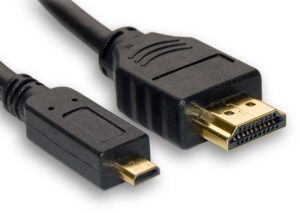
Connectors
It is important to mention that the monitor should be combined with the video card of the computer, but it is often advised to change the video card when changing the monitor, especially if the computer is an older model, for example, with only a VGA (or D-SUB) connection. Although there is always an option to purchase an adapter, but thanks to it you will not be able to use DVI's better quality transmitted image. Virtually all monitors currently have DVI (Digital Visualization Interface) sockets, but HDMI (High Definition Multimedia Interface) connections are becoming more and more popular. Many other devices can also be connected to this connector: gaming PC, TV set-top box, Blue-ray players, etc. The connector of the future is considered to be DisplayPort, which is designed to receive extremely high-quality and very high-resolution image and sound.
In conclusion, it can be said that when choosing a monitor, you must first decide what it will be used for. According to their purpose, monitors can be divided into three separate groups:
- A gaming monitor. The most important feature is the response time, choose a monitor with a response time of 2ms. For those who like games with good graphics, high static contrast is also important, we recommend 4000:1.
- A monitor for working with graphics. The main features you need to pay attention to are, of course, contrast and brightness, because the most important thing is a clear, sharp and as accurate as possible image on the monitor. In order to achieve high quality of work, it is advisable to choose a contrast of 4000:1 and a brightness of 300 cd/m2.
- Universal monitor. For a monitor that is designed for a little bit of everything, high parameters are not important: recommended response time - 5ms, contrast - 1000:1, brightness - 250 cd/m2. Investing in higher parameters of these features is definitely not worth it, it is better to choose a monitor with a larger diagonal and more additional functions.
After determining the purpose of the monitor and taking into account the main features, you will successfully choose a monitor for you and your hobbies or work. However, do not forget that after purchasing a monitor, it still needs to be calibrated, in this case you will not only be able to work professionally, achieve the desired results easier and faster, but also avoid eye fatigue, and a calibrated monitor will serve you longer, so in this case professional monitor calibration It will definitely help you!

